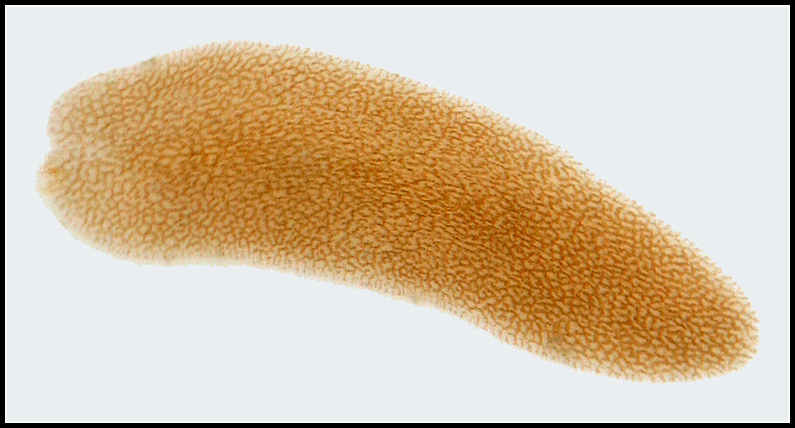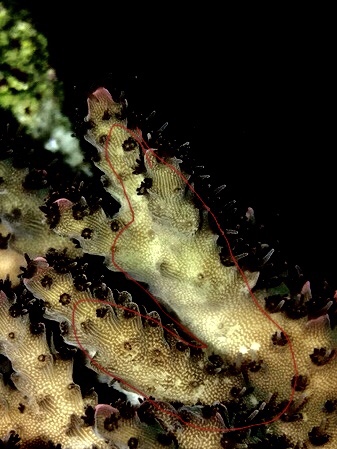Underside meaning underside of the branches.
Ahh gotcha. I’ll see if I can see anything. As of right now, I might just hold off on doing anything since it’s only those small spots.
Follow along with the video below to see how to install our site as a web app on your home screen.
Note: This feature may not be available in some browsers.
Underside meaning underside of the branches.
They're a tan/brown color; the one you have pictured looks fine but tough to judge given how blue the image is.

Sorry to deviate from the topic but what camera and lens did you use to get that amazing shot?

Looks like possibly three flatworms on that one branch as well.I’ve zoomed and changed lighting to show additional bites that are not so obvious. This isn’t marks from fish or anything else. Don’t listen to bad advice and ignore hard evidence of a problem. The light spots are when a flatworm is done eating. While they are eating a portion of acro flesh they are the same color as the acro itself. Eggs are notoriously hard to find. Most of the time they are on the underside, but can sometimes be slightly off the acro.

Seems to be affecting my hairier Millie types of corals. Idk, my pc rainbow is also somewhat retracted. I have no fish in my tank currently due to an outbreak of ick
You’ve clearly never suffered through either issue. The photo alone in the original post is enough evidence for anyone that has been through AEFW before. Myself included. You can either take action right away, or sit around and pretend there’s no problem while your corals either away for the next few months.
It is classic AEFW. No color change in corals. Mine looked great too. Except when they started to wither. If AEFW was fast, they would starve themselves out of food. It takes months for most folks to realize there is AEFW in the tank.
I believe the long island aquarium solved their issue with AEFW with natural predators such as wrasses and anthias.
